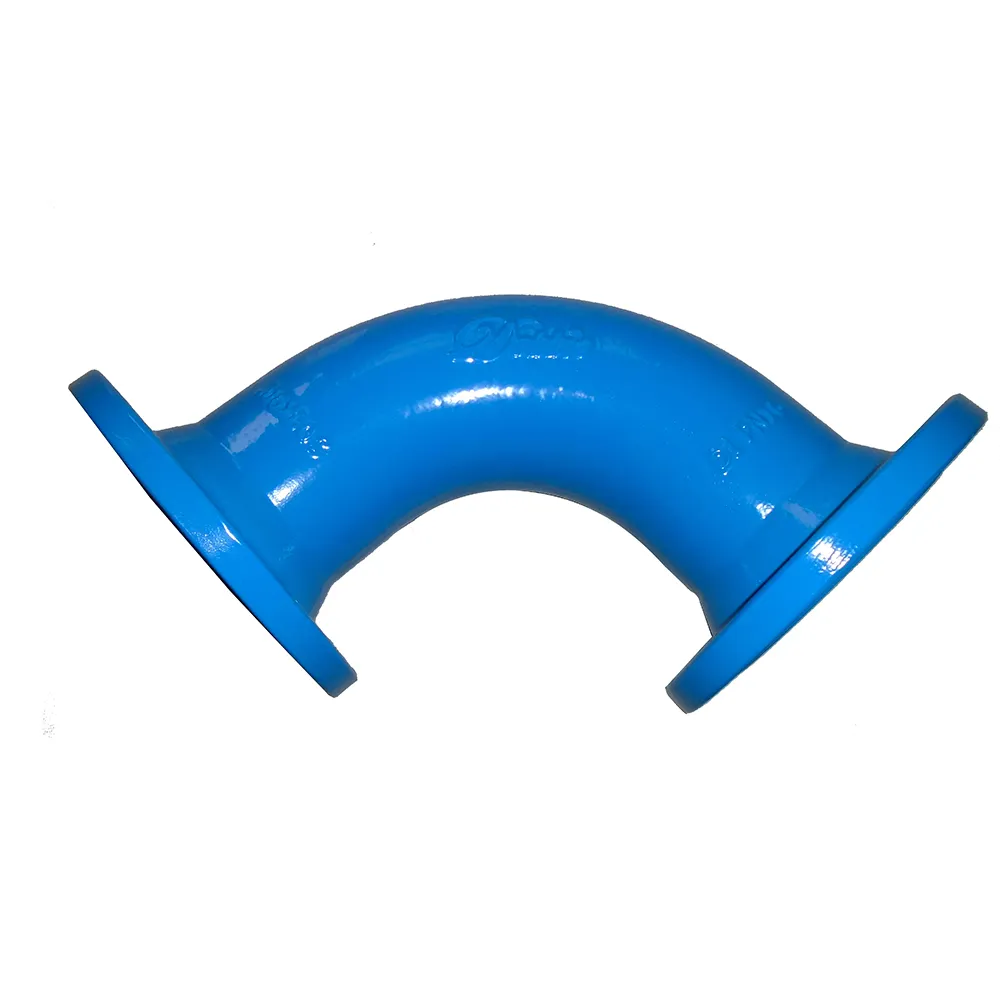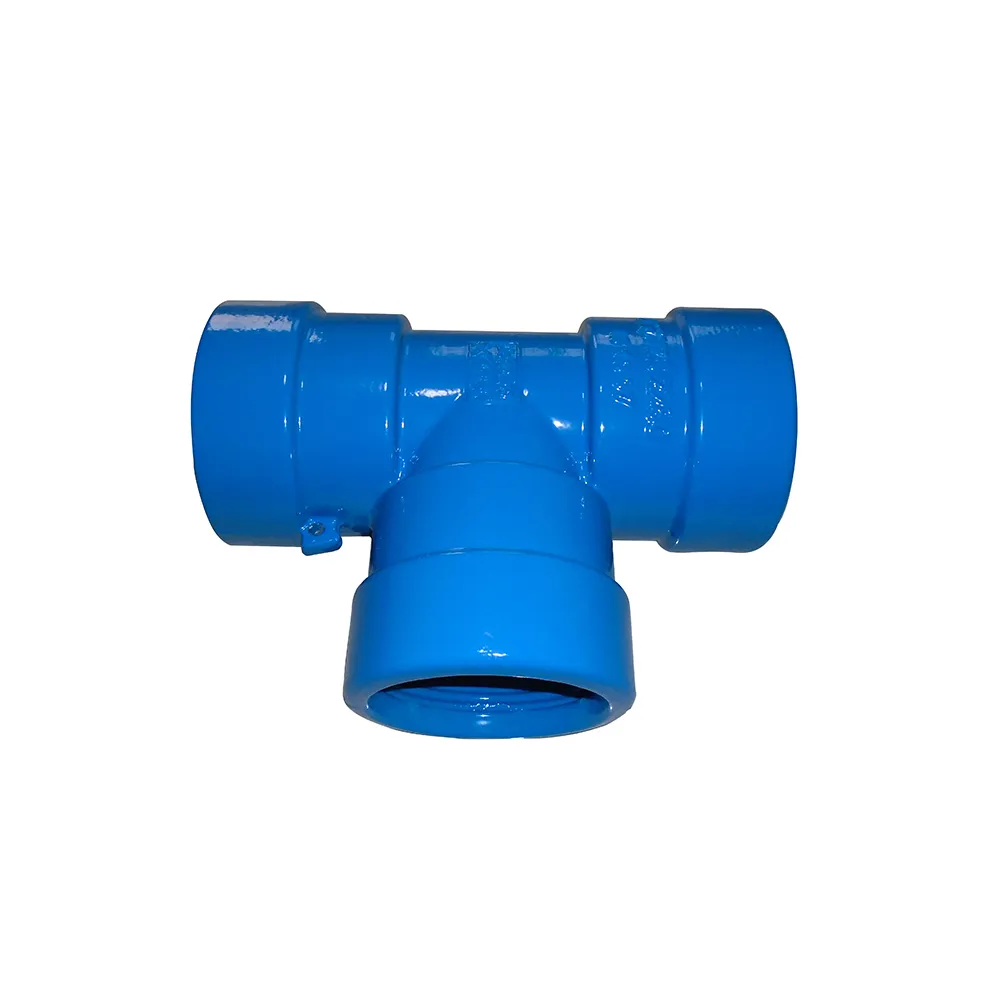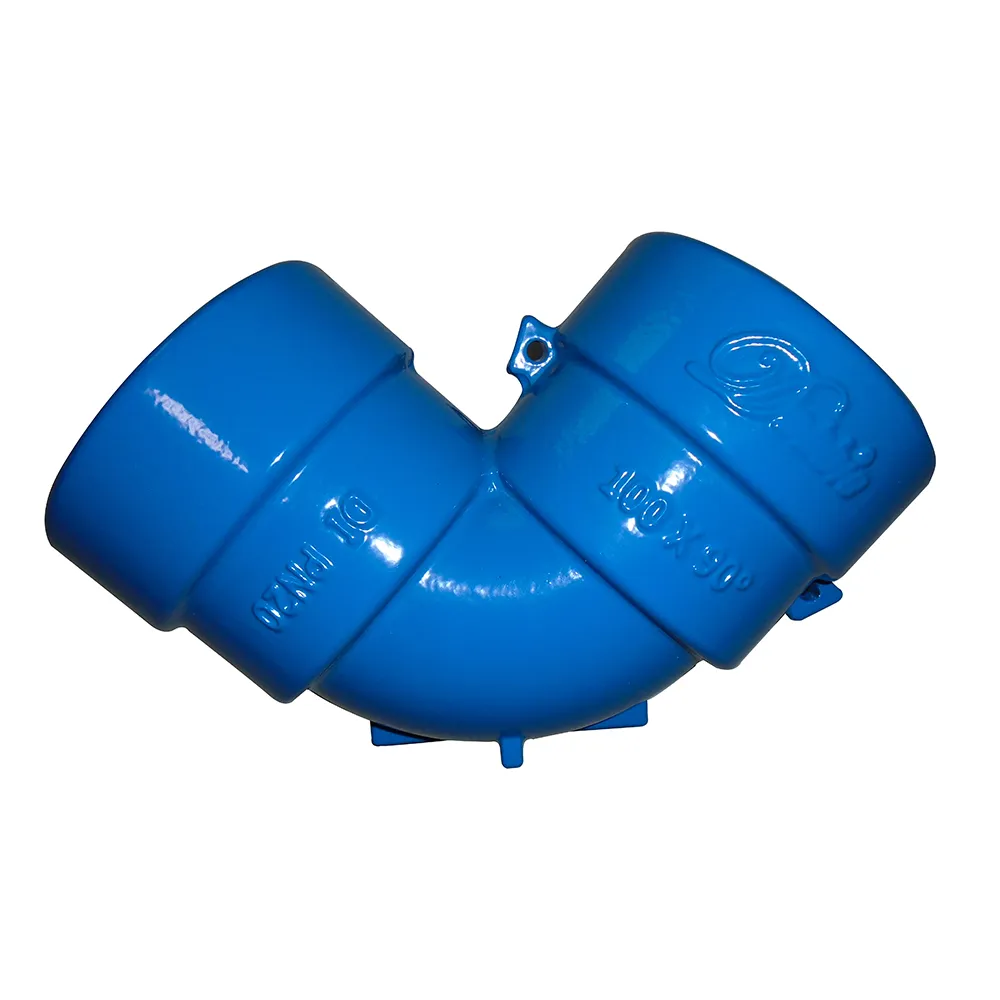Pipe fittings are crucial elements in any plumbing, industrial, or construction project, designed to connect, control, and direct the flow of liquids or gases within a piping system. These components ensure secure and leak-proof connections while accommodating changes in direction, diameter, or branching. Available in various materials, sizes, and configurations, pipe fittings are indispensable in residential, commercial, and industrial applications.
Pipe fittings come in multiple forms, each serving a specific purpose in a piping network. Below are some of the most common types:
Elbows – These fittings allow pipes to change direction, typically at 45° or 90° angles. They are essential for navigating around obstacles and optimizing space in piping layouts. Elbows are widely used in water supply systems, HVAC, and industrial pipelines.
Tees – A tee fitting has three openings, enabling a single pipeline to split into two directions or merge two flows into one. They are commonly used in irrigation systems, fuel distribution, and chemical processing plants.
The choice of material depends on the application, pressure requirements, and the type of fluid being transported.
Stainless Steel – Known for its corrosion resistance and durability, stainless steel fittings are ideal for high-pressure and high-temperature environments, such as chemical plants and food processing industries.
Carbon Steel – Strong and cost-effective, carbon steel fittings are widely used in oil and gas pipelines, though they require protective coatings to prevent rust.
PVC (Polyvinyl Chloride) – Lightweight and resistant to chemicals, PVC fittings are common in residential plumbing, drainage systems, and irrigation.
Copper – Often used in water supply lines due to its antimicrobial properties and flexibility, copper fittings are popular in household plumbing.
Brass – Combining durability with corrosion resistance, brass fittings are used in water, gas, and hydraulic systems.
Pipe fittings are essential across multiple industries:
Plumbing Systems – In homes and commercial buildings, fittings ensure proper water distribution, drainage, and gas supply.
Oil and Gas Industry – High-pressure fittings connect pipelines transporting crude oil, natural gas, and refined products.
Chemical Processing – Corrosion-resistant fittings handle aggressive chemicals safely.
HVAC Systems – Fittings facilitate refrigerant flow in heating and cooling systems.
Agriculture – Irrigation systems rely on durable fittings to distribute water efficiently.









